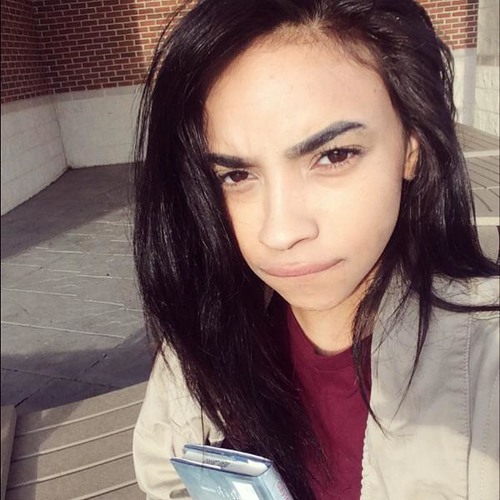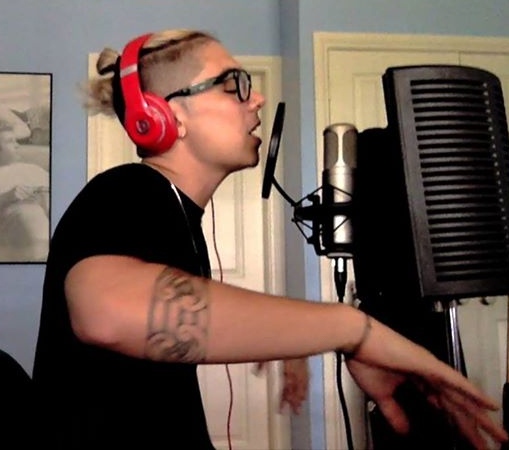
Singe has so far avoided the peril of copyright infringement because, in his case, he’s “seen that when he does a cover, it boosts the sales of the original song,” Petroulas claimed.

In the interim, Singe will have to rely on the revenue accrued from YouTube's monetization, merchandise sales averaging from $5,000 to $8,000 per show, and single sales - his most popular cover, and encore song, “Hotline Bling” has moved over 80,000 units on iTunes. “And once Facebook starts monetizing, it will be a really solid revenue stream for us.” “We might get a million views on YouTube, but we average anywhere from 10 to 15 million on Facebook” Petroulas explained. The majority of artists that he covers had the luxury of a professional audio engineer to handle this phase, but Singe was forced to learn the craft himself. For Singe, his content serves as an opportunity to display his talents as a producer and instrumentalist by editing in clips of him building an original bed of production before laying down a verse of vocals.Īn undocumented step in his recording process is his mixing and mastering technique - the final step of audio post-production in which vocal and instrument levels are balanced and fine-tuned before a song is ready for release. The visuals exhibit slightly more than an aspiring musician showcasing their talents over guitar riffs or borrowed instrumentals in front of a camera.

To date, Singe’s videos have amassed over 100 million combined views on Facebook and YouTube. “I started doing them because I was at home and I was bored.” “I never started doing the videos because I thought they were going to get millions of views,” Singe said. Looking for a way to pursue his passion without an authoritative influence, Singe began video recording himself covering hip-hop and R&B’s trendiest tunes and uploading them to Facebook.

The group had some success in Australia’s market during their three-year run, but Singe’s desire to build a solo career lingered.īy early 2015, Singe was fresh out of a binding recording agreement with Sony and somewhat disenchanted with his first taste of the music business. Though he auditioned as a solo act, he was ultimately grouped with four other talents to create a boy band called The Collective. Longing to be a patron of the bank rather than an employee, Singe auditioned for X Factor Australia in 2012. “12 months ago, I was playing an acoustic set for three people in bar,” Singe said reminiscently in front of the sold out crowd.īefore he used YouTube and streaming analytics to route his 45-date international Introduction Tour that lists a date as far as Malaysia, Singe was surviving as a college student and bank teller in Sydney, Australia.


 0 kommentar(er)
0 kommentar(er)
